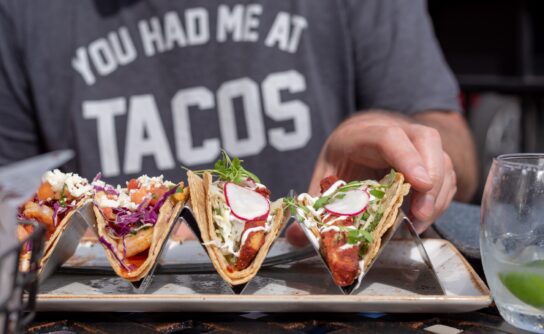Applying for a trademark at the US Patent and Trademark Office (USPTO) can be a frustrating experience.
Did you know that over 80% of trademark applications filed with the USPTO are rejected, if you don’t use a trademark attorney? Why is that?
It’s not because trademark attorneys have magic wands. They simply know the rules, and work with their clients to use the trademark properly and file the application correctly, to help maximize the chances of a successful application. As an example, a trademark attorney can usually spot descriptive terms, and help their clients avoid submitting descriptive trademark applications (which will be rejected by the USPTO).
Regardless of whether you use a trademark attorney or not, you do face the dreaded “Section 2(d) Refusal for Likelihood of Confusion.” What this means, is the USPTO believes your trademark is similar in look, sound, meaning or commercial impression, for a pre-existing trademark used in connection with a similar product or service. It’s the word “similar” that really gets people. We have two blog articles that talk about this Likelihood of Confusion test, if you want to learn more. See Likelihood of Confusion in Trademarks and Likelihood of Confusion – Don’t be Confused by Trademark Law.
One way to potentially help you find or make a trademark that could be available, is to consider compound words. Compound words are two or more words combine to form a new single word or a phrase that acts like a single word.
Compounding two or more words, into one, may be helpful in avoiding a likelihood of confusion challenge or descriptiveness. But, not always.
The problem with Trademark Law in the US, is that we do have to concern ourselves with “similarity.” Therefore, simply removing a space between two words is no where near enough change to create a distinction between a pre-existing trademark that uses the words separately. For example, trying to use the word HarleyDavidson for motorcycles isn’t going to cut it, and you’ll infringe against Harley Davidson, the actual motorcycle company.
For descriptive terms, simply removing the space may not be enough to avoid the descriptive meaning, either.
However, there are instances where compounding words could help you. Specifically, when:
- The combination evokes a new and unique commercial impression
- The combination creates a unitary mark with a non-descriptive meaning
- The combination has an incongruous meaning vis-a-vis the goods
- The sign as a whole creates an overall distinctive impression
This isn’t easy to do, but it can work. Just remember that “if each component retains its descriptive significance in relation to the goods or services, the combination results in a composite that is itself descriptive.” Therefore, you still need a distinctive element in your mark, to avoid a descriptiveness refusal.
If you are a glutton for punishment, here’s the official legal opinion from the USPTO itself: https://tmep.uspto.gov/RDMS/TMEP/current#/current/TMEP-1200d1e7600.html.
Examples that work are WalMart, Proshot and Bookchoice. These are examples of strong brands that are compound words.
One method to consider for descriptive terms, is to consider changing one or more of the words to synonyms, to get a unique commercial expression. For example, think Drink Coaster. Compounding it to DrinkCoaster will still be descriptive for drink coasters. However, SipCoaster, FluidCoaster, HydrateCoaster might fly, provided they are not taken by someone else.
Law 4 Small Business (L4SB). A Slingshot Company.




